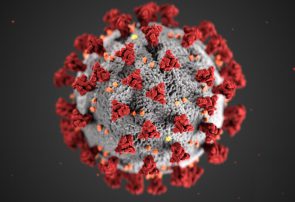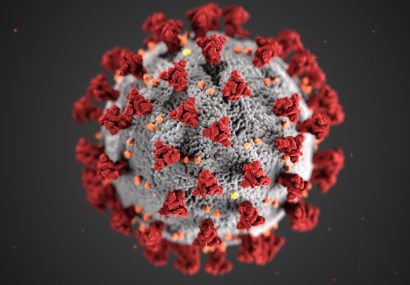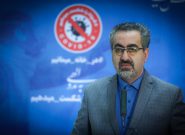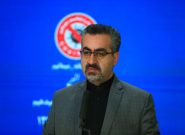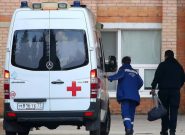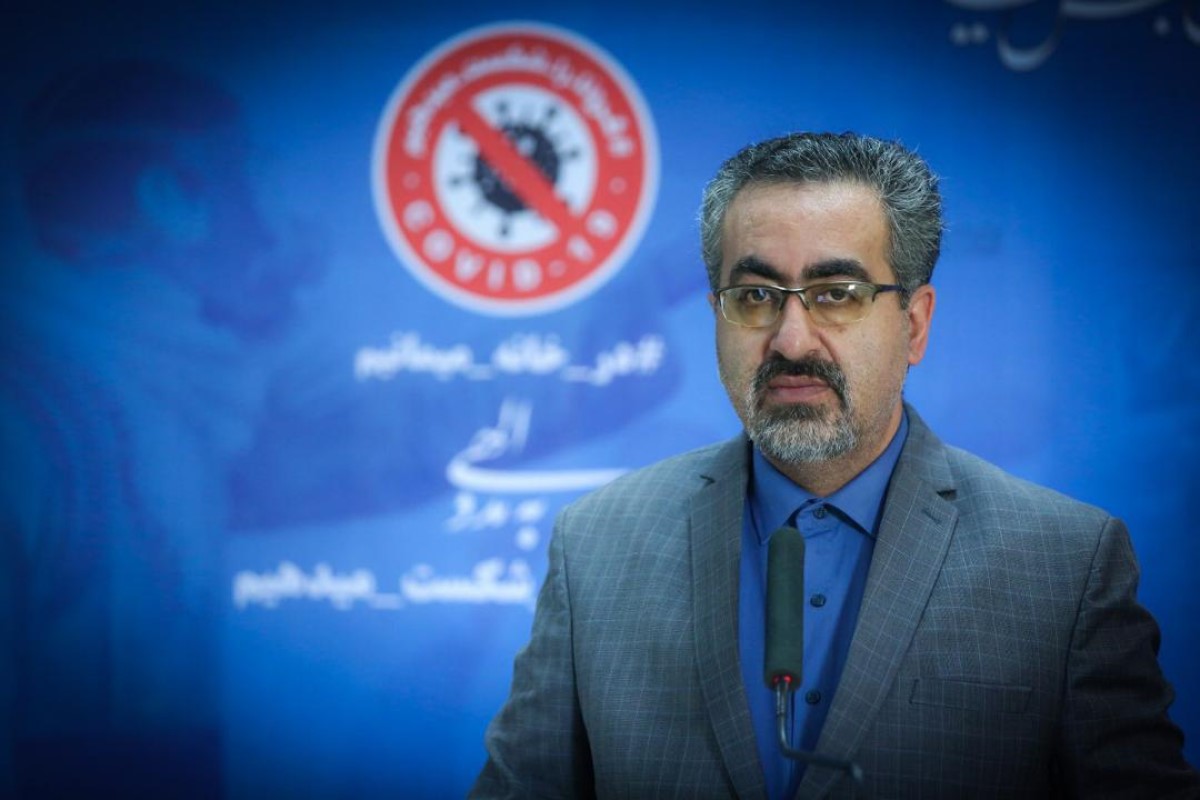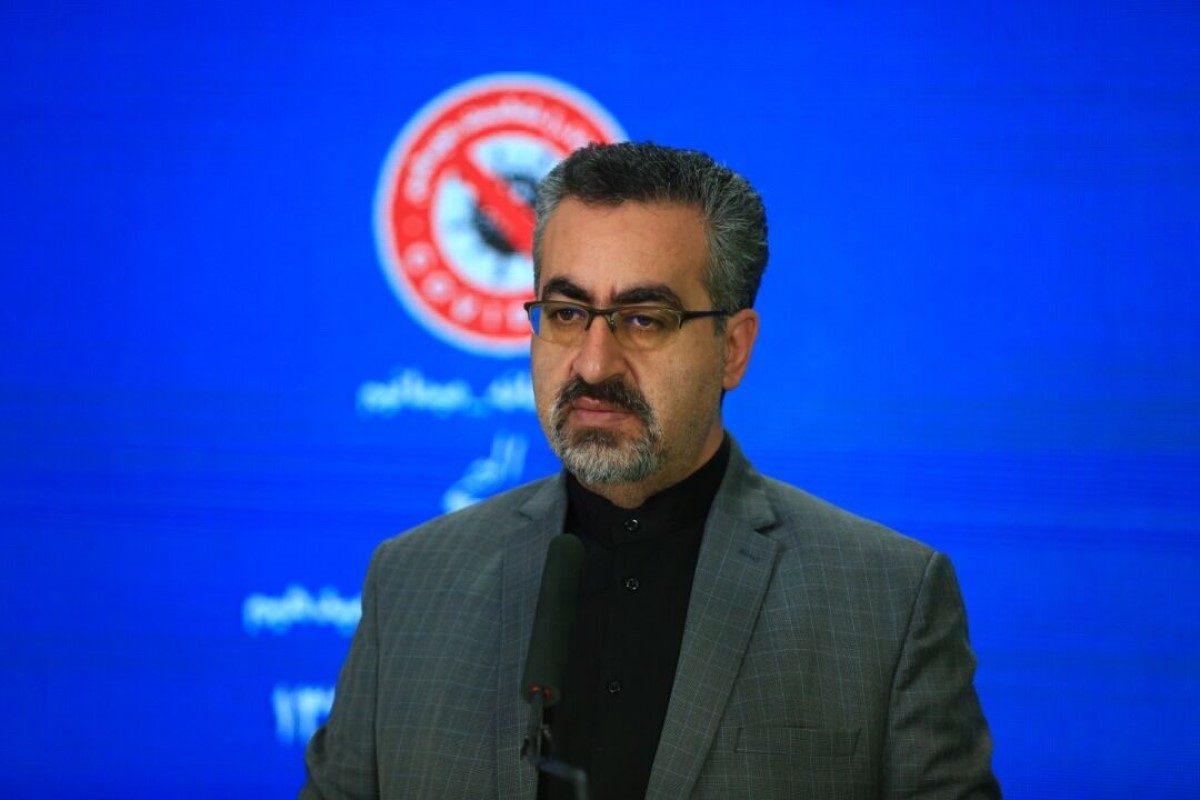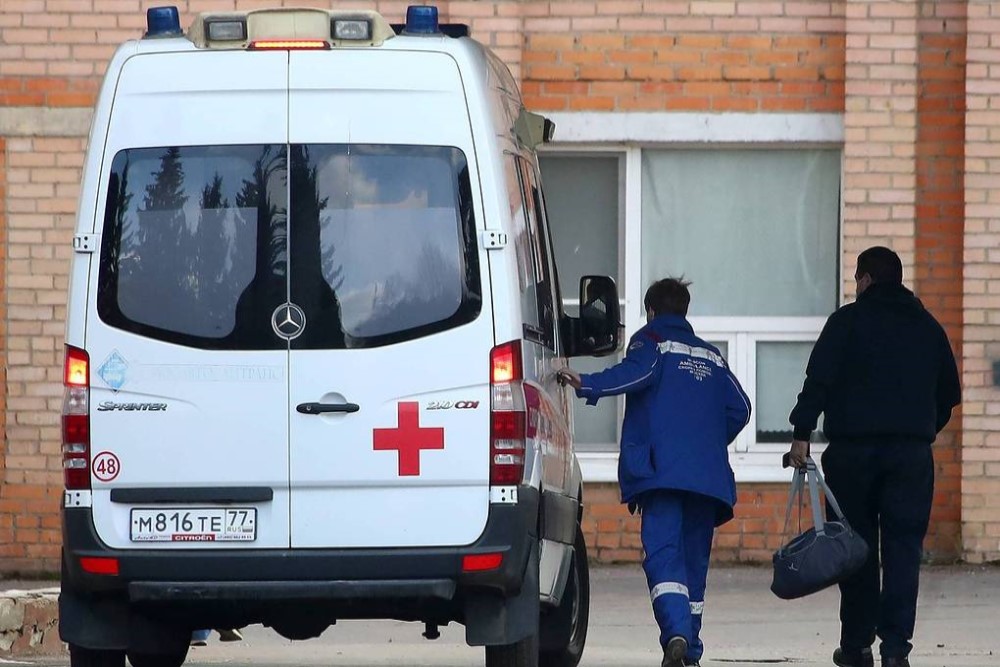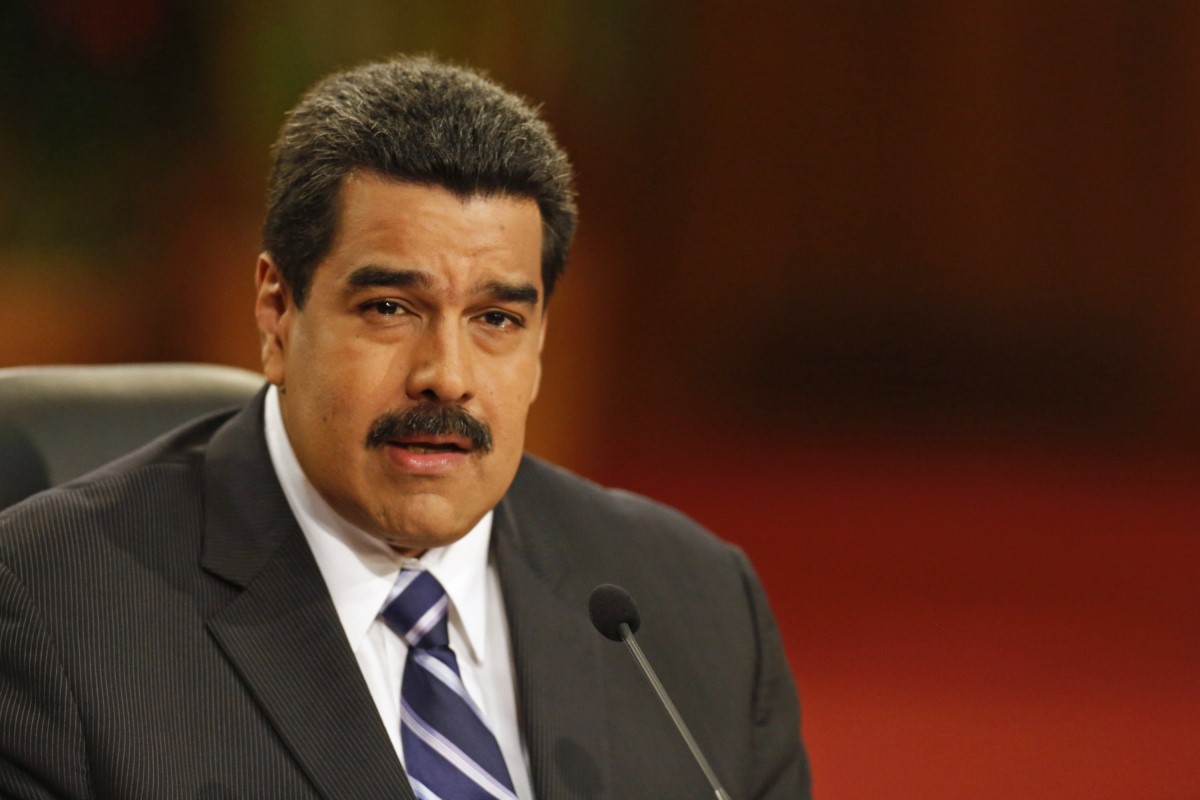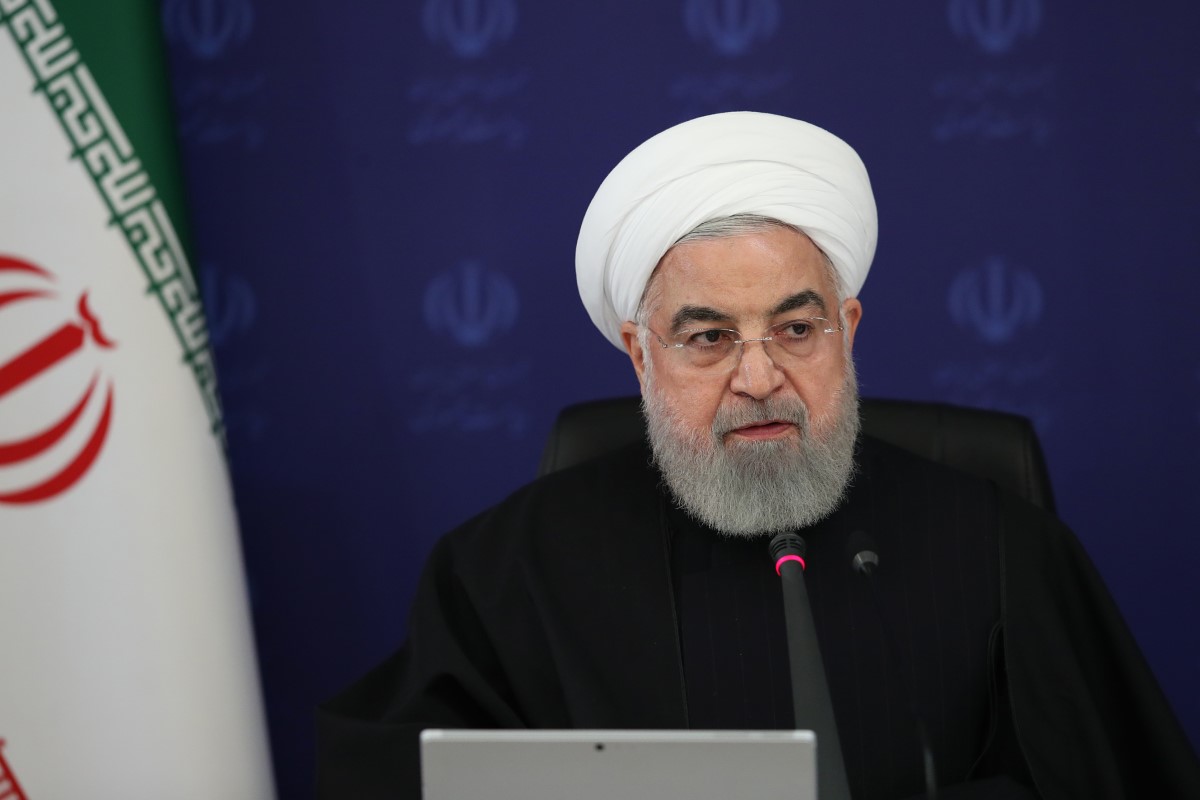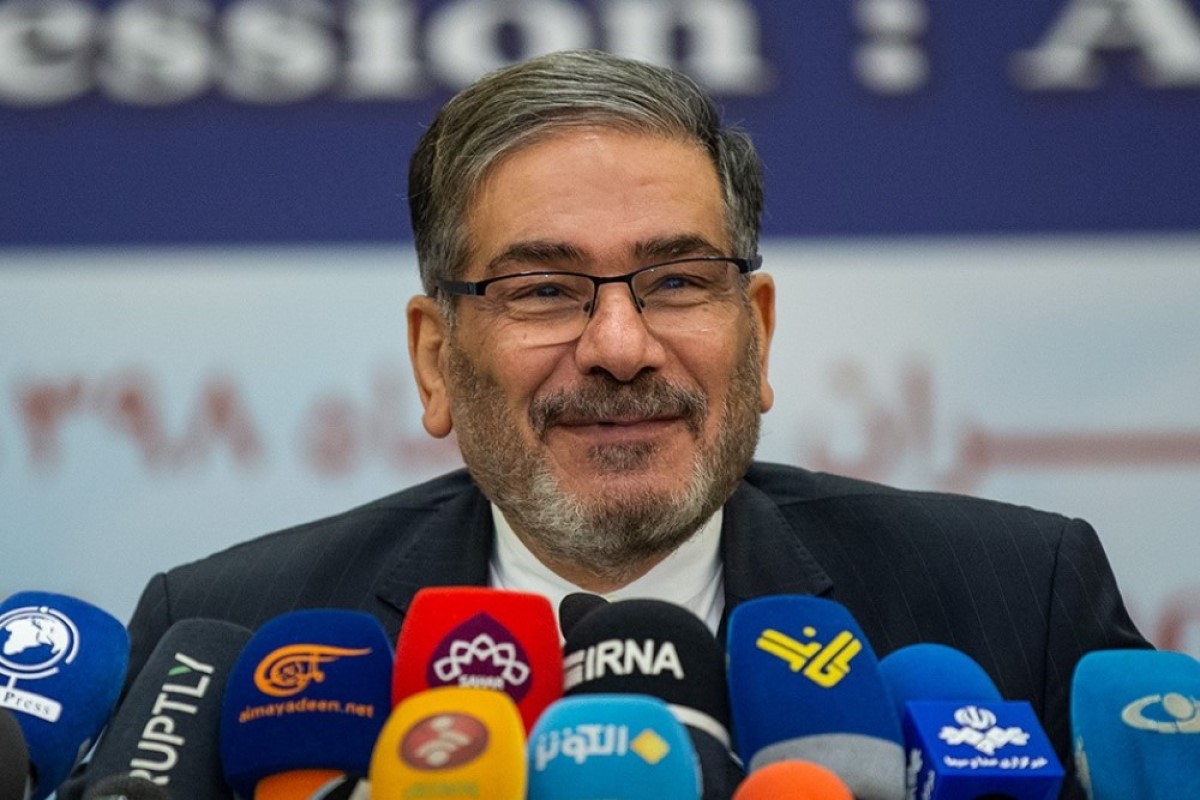The ozone generator device could be used to disinfect houses, offices, hospitals, rooms, cars, and Coronavirus patients’ beds as well as fruits and vegetables.
Ozone gas has also been used to fight fungi, bacteria, germs as well as SARS and influenza viruses.
East Asian countries have also used this method to fight the Coronavirus.
The Iranian knowledge-based company said it has managed to produce the ozone generator device at a price 30 percent of similar foreign products.
Also, Iranian Health Ministry Spokesman Kianoush Jahanpour said that COVID-19 antibody diagnosis rapid test kits have been produced in the country and will be available soon.
“Thanks to the efforts made by Iranian knowledge-based companies and technologists, COVID-19 antibody diagnosis test and coronavirus rapid tests will be available soon,” Jahanpour wrote on his Twitter account on Sunday.
“These methods are cheap and comprehensive and will facilitate implementation of smart social distancing plan during the upcoming weeks,” he added.
Due to the fact that no drug or vaccine has been produced yet to treat and prevent coronavirus, the best way to contain the disease would be rapid coronavirus test and availability of COVID-19 antibody.
Meanwhile, a 97-year old woman defeated coronavirus and was discharged from a hospital in the central Iranian city of Qom on Saturday, to be the next patient above 85 who has survived the disease.
Earlier, several coronavirus-infected elderly men and women have also recovered and been discharged from hospitals in different parts of the country.
Moreover, ministries and offices in Tehran conducted biological COVID-19 Defense Drills attended by Commander of the Tehran division of the Islamic Revolution Guards Corps (IRGC) Mohammad Reza Yazdi in Valiasr Sq, Tehran, early Sunday morning.
The Iranian Army’s Ground Forces stated that the target provinces of the drill also include Gilan and Qom, but the project is carried out on a national scale.
The exercise also was kicked off in the Eastern Azarbaijan Province, Northeast of Iran, against coronavirus on Sunday and codenamed Ya Ali Ibn Abi Talib (AS).
On March 25, the Iranian Army conducted a nationwide drill in 24 provinces for combating COVID-19.
Also on March 15, with the order of Iran’s Army Chief Commander Major General Seyyed Abolrahim Mousavi to the Commander of Army Ground Forces Brigadier General Kioumars Heydari, the Iranian Army kicked off bio-defense drills.
Meantime, Iranian President Hassan Rouhani hailed the country’s more effective battle against coronavirus epidemic compared to Europe, saying that Iran is fighting against Washington’s cruel sanctions in addition to the COVID-19 virus too.
“The coronavirus death toll in Iran stood at 7% while the figures show 22% fatalities in some European states. We acted better than you (Europe) in fighting against the coronavirus, thanks to the efforts by people, the medical staff, the state radio and TV, Armed Forces, the cyberspace and artists. The reason is that all of us stand beside each other and united but you are not,” Rouhani said, addressing the National Coronavirus Campaign Headquarters in Tehran on Sunday.
“We have the coronavirus problem like you, but we have also been dealing with a virus worse than coronavirus which is the sanctions, while you don’t have this problem,” he added.
Iranian Health Ministry Spokesman Kianoush Jahanpour announced on Sunday that 1,657 new cases of coronavirus infection have been identified in the country, adding that the virus has killed 4,474 people so far.
“1,657 more patients infected with COVID-19 virus have been identified in the country since yesterday based on confirmed diagnosis criteria,” Jahanpour said.
He said that the total number of coronavirus patients in Iran has increased to 71,686, adding that 4,474 people have lost their lives due to infection to the virus, including 117 in the past 24 hours.
Jahanpour, meantime, said that 43,894 infected people have been treated and dismissed from hospital, adding that the recovery of patients has sped up in Iran.
He noted that 263,388 coronavirus diagnosis tests have been carried out in the country so far, expressing concern that 3,930 patients infected with COVID-19 virus are in critical conditions.
Iranian Health Minister Saeed Namaki stressed on April 7 effective measures to control coronavirus epidemic, expressing the hope that the disease would be controlled in Iran by late May.
“At present, the country is in the phase of disease management and we should not imagine that we have reached the harness and control phase. Today is the time for full-fledged combat against the virus. God willing, we will control coronavirus by late May. The virus should be controlled in the minimum possible time,” Namaki said, addressing the Iranian legislators in an open session of the parliament in Tehran.
He noted that at least 30% to 50% of hospital beds are still vacant across Iran and nearly 15,000 beds are ready to keep the patients who are recovering from coronavirus disease.
“We have now moved down to tank 6th in terms of deaths,” Namaki said, adding that the country’s situation in treatment of patients will improve in the next few days.
The coronavirus COVID-19 is affecting approximately all countries and territories around the world. The virus was first reported in the central Chinese city of Wuhan late last year. It has so far killed more than 109,600 people and infected over 1.79 million others globally.
The Iranian foreign ministry declared that despite Washington’s claims of cooperation to transfer drugs to Iran via the new Swiss-launched payment mechanism, the US is troubling the process amid the coronavirus outbreak in the country.
Although US claims that medicines and medical equipment are not under sanctions, they have practically blocked the transfer of Iran’s financial resources in other countries into the Swiss Humanitarian Trade Arrangement (SHTA), Iranian Foreign Ministry Spokesman Seyed Abbas Mousavi said.
As the death toll from the virus surges, Iran intensifies its preventive safety measures. Closures of schools and most universities have been extended until late April.
The government also imposed travel restrictions, specially on Iran’s North, which is among the red zones. The country has also adopted strict digital health control procedures at airports to spot possible infections.
Namaki announced last month that a new national mobilization plan would be implemented across the country to fight against the coronavirus epidemic and more effectively treat patients.
Namaki said that the plan will include all the 17,000 health centers and the 9,000 medical and clinical centers in all cities, suburban areas and villages.
He added that the plan will include home quarantine, noting that infected people will receive the necessary medicines and advice, but they are asked to stay at home.
Namaki said that people with a more serious condition will stay at the hospitals, adding that the public places will be disinfected, the entries of infected towns and cities will be controlled to diagnose and quarantine the infected cases.
He added that the necessary equipment and facilities have been provided, expressing the hope that the epidemic would be curbed.
According to the latest statistics of Health Ministry, the number of medical laboratories to test coronavirus infection has reached over 90 across the country.
The World Health Organization (WHO) says Iran’s response to the virus has so far been up to the mark. Still, it says the US sanctions are a big challenge, and Washington would be complicit in the rising death toll in Iran if it would not remove its sanctions.
The World Health Organization has considered priorities in combating coronavirus and Islamic Republic of Iran obeys and follows up priorities as defined by WHO.
The WHO is dispatching separate delegations to all countries.

